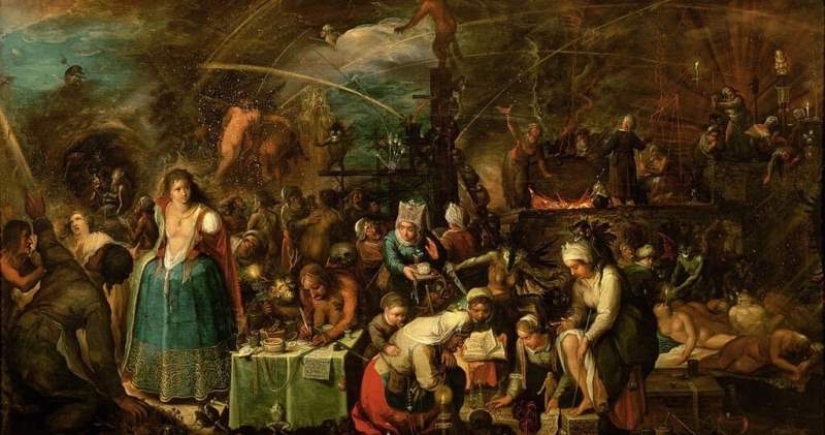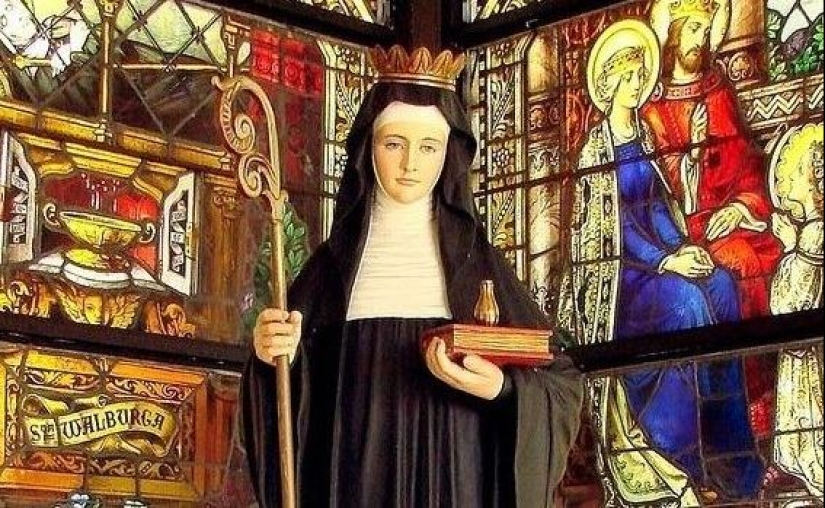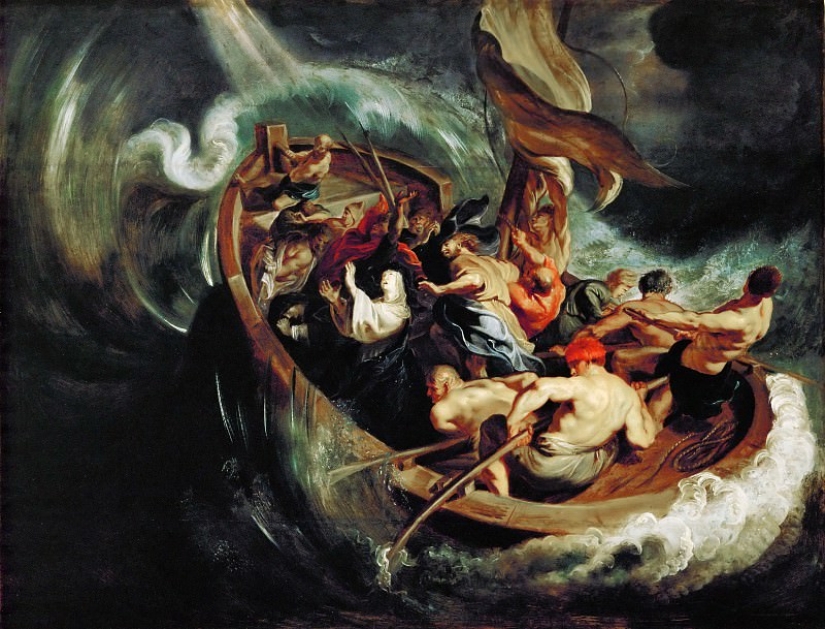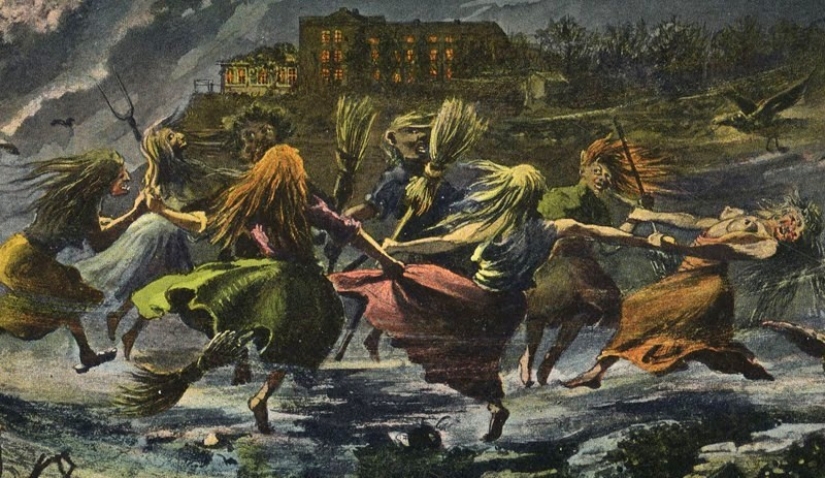Walpurgis Night – how the commemoration of the righteous nun turned into a witches' Sabbath
On the night of April 30 to May 1, Walpurgis Night comes. If you believe the legends, in these few hours witches and sorcerers gather for a sabbath of praise of Satan. Oddly enough, this event bears the name of the nun Walburga - a revered saint in Germany. This woman devoted most of her long and righteous life to the fight against paganism and good deeds. How did the commemoration of a nun turn into a witches' sabbath celebration?

Walburga of Heidenheim was born around 710 in the south of England in the county of Wessex in a wealthy aristocratic family. Some sources claim that her father was the Anglo-Saxon King Richard of Wessex, but it is impossible to confirm this fact now.

At the age of 11, Walburga was orphaned and given into the care of distant relatives. They brought her up to adulthood, and then sent her to the Wimborne monastery in Dorset, known for its high-quality education and the strictness of the charter. Valburga spent 26 years there, studying the lives of saints, praying and working hard with other sisters.
Walburga had an iron reputation in the monastery and when it was necessary to send missionaries to Germany, her candidacy was approved unanimously. Germanic tribes in the 8th century had very vague ideas about Christian values, worshipped their pagan gods and did not hesitate to kill preachers in the most sophisticated ways.

But the problems of Walburga and her group of missionaries began even before the meeting with the harsh barbarians. In the North Sea, a ship with travelers got into a terrible storm. The travelers had almost no chance of escape. But it was not for nothing that Valburga communicated with God for a quarter of a century and infringed on the flesh: as soon as she knelt on the deck and prayed, the storm stopped and the sun came out. The further journey passed without shocks.
The meeting with the Germans also went well - Walburga impressed the barbarians with her kindness, humility and selfless desire to help everyone around. She healed the infirm, comforted the desperate and pacified the violent. Once a nun fed a child dying of hunger with three ears of wheat, and another time she stopped a mad dog with a wave of her hand.

Attempts to kill the missionary ended in failure. At the last moment, even the harshest warriors could not raise a sword against a sinless woman. Unlike most Christian missionaries of that time, Walburga died quietly and peacefully. At the time of her death, she was 70 years old and was surrounded by people whom she herself converted to Christianity.
In her honor, former pagans built a monastery in the city of Eichstatt, which was named after Walburga of Heidenheim. It still exists today and the relics of a nun are kept in its temple. She is venerated as a saint of the Roman Catholic Church, and since 2006 as a local saint of the Berlin and German Diocese of the Russian Orthodox.
We can say that Walburga is an ideal saint, whose biography is impossible to find fault with. But then why was the main holiday of Satanists named after her? It turns out that the Germans' love for their long-standing traditions is to blame. Even when Germany became completely Christian, many Germans continued to celebrate ancient pagan holidays.

To have fun around bonfires, wooden idols and altars, they had to look for secluded places. Such events, especially during the Inquisition, could have the most unpleasant consequences and many fans of "folklore" paid for their love of traditions.
On May 1, the Germans celebrated an important pagan holiday, much like the Orthodox celebrated Maslenitsa. Since this day is the day of commemoration of St. Walburga of Heidenheim, all those who got caught in the hot chorus claimed that they were going in honor of the Christian saint. It is difficult to say whether the churchmen believed in this nonsense or not, but this lie took root and the night of the revelry of evil spirits began to be named after the nun.

The legend of Walpurgis Night, when evil spirits can gather "for a meeting", typical of the Germanic and Scandinavian peoples, eventually spread around the world. Orthodox Christians also began to believe in the witches' sabbath on Bald Mountain, and each locality had its own Bald Mountain and its own versions of the legend.
Recent articles

Most of us think that the color of the eggshell does not play any role and it is possible not to pay attention. But it's not and ...

The more we rely on technology, the more potential power hackers gain over us. It doesn't matter if their goal is to help or cause ...

Creating a good portrait is one of the most difficult tasks for any photographer. In order to make a really natural and memorable ...